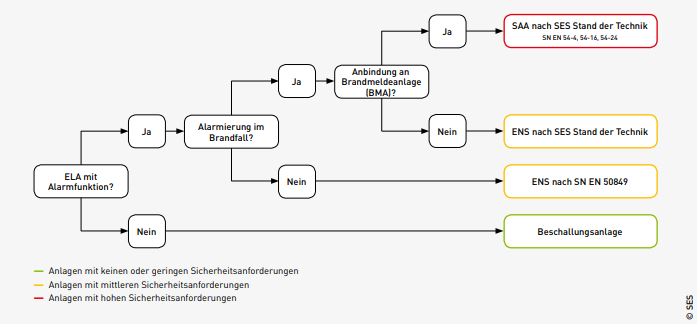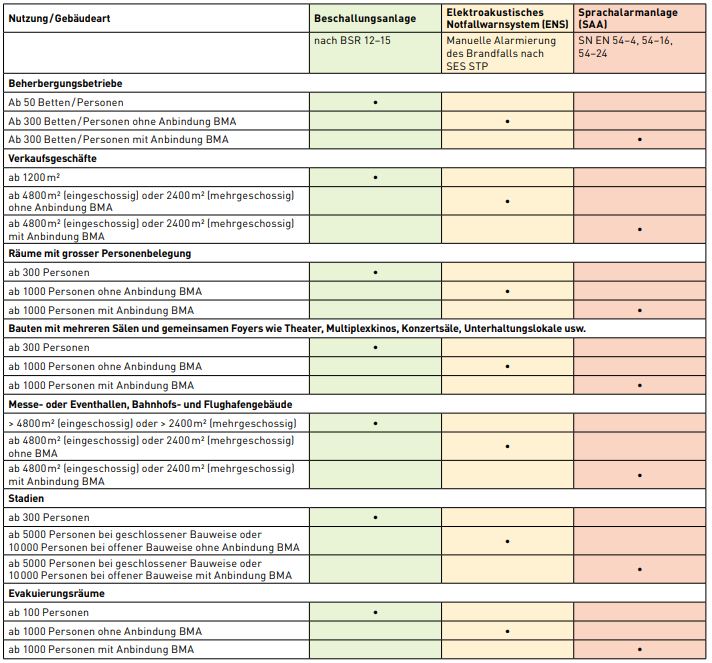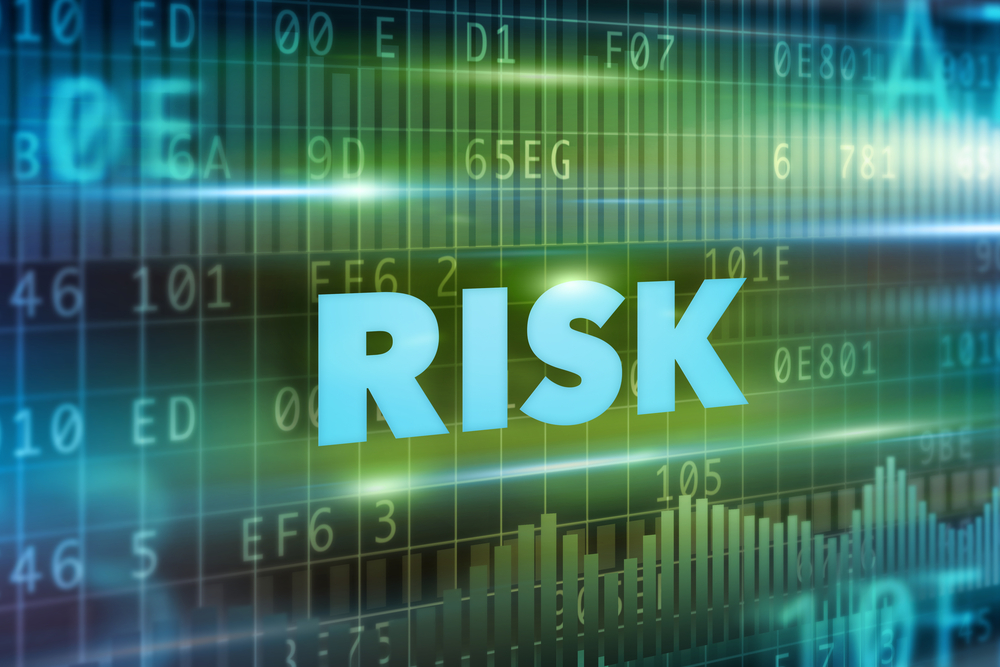Protecting employees from the effects of climate change
The German Federal Institute for Occupational Safety and Health (BAuA) has compiled a comprehensive analysis of scientific studies and ongoing activities by various stakeholders to review the current state of knowledge on the topic of "climate change and occupational safety and health" in a company context.

Global climate change also has an impact on the world of work and places special demands on occupational safety and health. A warmer climate leads to increased heat and solar UV exposure, especially for outdoor workers. The German Federal Institute for Occupational Safety and Health (BAuA) has researched the topic of "climate change and occupational safety" with a comprehensive analysis.
Heat
High heat effects such as those that occur during prolonged periods of heat can lead to stress on the cardiovascular system, the respiratory system and the water and electrolyte balance. Thus, individuals engaged in heavy physical labor, outdoor activities, and direct sunlight, as well as those wearing insulating protective clothing, are exposed to particular stresses during high temperatures. In order to prevent damage and create awareness of the interrelationships and dangers, educational measures are an important tool.
Studies must take into account the current distribution of employees in terms of age, gender, pre-existing conditions, and both measures in the work context and design options in the work environment. A key finding of the report is that primarily the application of structural measures of summer thermal protection (incl. external shading/glare protection), energy-efficient/regenerative cooling techniques and suitable urban planning measures (such as greening of facades and open spaces) should be applied.
Solar UV radiation
High heat effects such as those that occur during prolonged periods of heat can lead to stress on the cardiovascular system, the respiratory system and the water and electrolyte balance. Thus, persons performing heavy physical work, working outdoors and in direct sunlight, as well as wearing insulating protective clothing, are exposed to particular stresses at high temperatures.
In order to prevent damage and create awareness of the correlations and dangers, educational measures are an important means. In this context, studies must take into account the current distribution of employees in terms of age, gender, previous illnesses and both measures in the work context and design options in the work environment. A key finding of the report is that primarily the application of structural measures of summer thermal protection (incl. external shading/glare protection), energy-efficient/regenerative cooling techniques and appropriate urban design measures (such as greening of facades and open spaces) should be applied.
Infectious diseases
The influence of climate change on ecosystems as well as the globalized mobility of people and goods have an impact on the occurrence of infectious diseases. This makes it difficult to estimate the impact of climate change on human infectious agents that are relevant to occupational health and safety. However, it can be assumed that vector-borne diseases will occur more frequently in the future. However, the occupational safety measures currently in force provide employees with adequate protection against microorganisms and pathogens that cause disease. The technical rules and recommendations for action must be adapted quickly if new pathogens or situations arise.
Plant and animal allergens and toxins
The habitat of animals and plants is determined by climatic parameters. Climate change is altering these parameters, so that the habitats of animals and plants are also shifting. Another change brought about by climate change is the increasing pollen production of plants. An increase in pollen numbers and a change in the chemical composition of toxins can increase health responses. For example, the proportion of people affected by hay fever has increased in recent years. Therefore, the threat to human health from plant and animal toxins must be recognized as a problem and measures must be consistently implemented. These include monitoring and control of invasive species. When planting new species, it is recommended to pay attention to the allergenic potential.
To the detailed report "Climate change and occupational safety and health" of the BAuA (PDF)
Source: BAuA




















